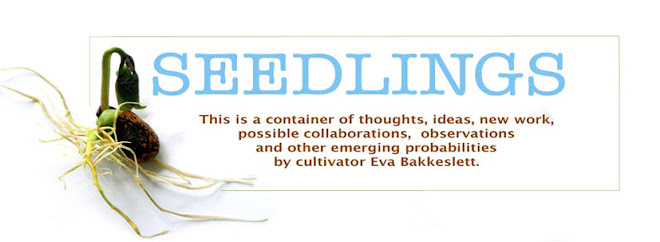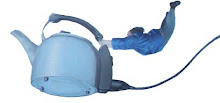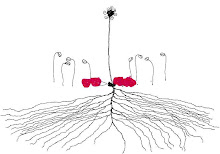

It has happened. Spring has sprung. I have sown my seeds, and most of them have sprouted and I am now waiting for some organic soil to appear in the shop so I can prickle them. It is hard to find up here. Not many people growing veg and very few are growing organic stuff. Surrounded by such immense beauty I think most people believe that a bit of chemical fertilizer isn´t going to make any difference. After all, Norway produces vast amounts of the stuff...

It feels strangely familiar. After my two year gardening break I realize how much I have missed it. It brings me in direct connection with this earth and with my food and gives me pleasure and beauty. It also brings me in touch with this powerful and pungent time of year. From snow and ice to exploding life that has been dormant for months. Like Hamsun so beautifully expressed in his book "Growth of the Soil":
Look! the tiny grains that are to take life and grow,
shoot up into ears, and give more corn again;
so it is throughout all the earth where corn is
sown. Palestine, America, the valleys of Norway
itself--a great wide world,and here is Isak,
a tiny speck in the midst of it all, a sower.
Little showers of corn flung out fanwise from his hand;
a kindly clouded sky,with a promise of the faintest
little misty rain.




















